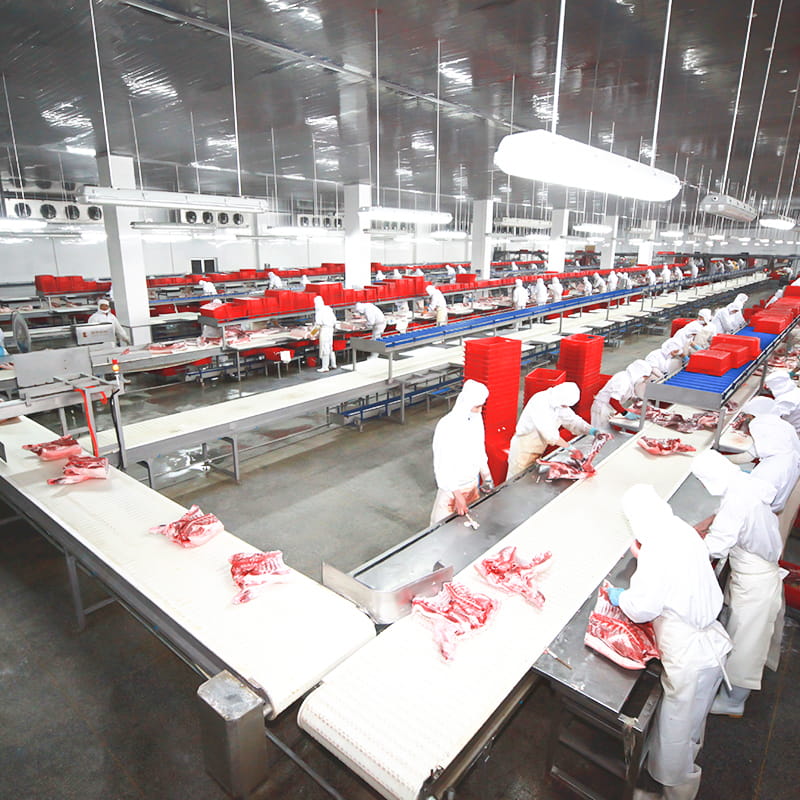1. Precision and Efficiency
One of the standout features of a meat deboning machine is its precision. Unlike manual deboning, which is heavily reliant on the skill and experience of workers, these machines are designed to follow predetermined patterns, ensuring accurate and consistent results. The ability to remove bones from meat with such precision minimizes the amount of meat waste and maximizes yield.
Moreover, meat deboning machines significantly improve efficiency. These machines can handle a high throughput, deboning large quantities of meat in a short time. This is especially advantageous for large-scale meat processing plants that need to process thousands of pounds of meat each day. The result is a significant reduction in labor costs, as the need for skilled labor is minimized.
2. Versatility in Processing Different Cuts of Meat
Another advantage of meat deboning machines is their versatility. These machines are capable of deboning a variety of meats, including chicken, beef, pork, and even fish. With specialized attachments or adjustable components, some models can be fine-tuned to handle different cuts of meat with varying levels of complexity. For example, a chicken deboning machine can efficiently remove bones from wings, thighs, and breasts with minimal bone fragments left behind. This adaptability allows processing plants to cater to different customer needs while maintaining a high level of efficiency.

3. Hygienic Design
In the food industry, maintaining high levels of hygiene is essential. Meat deboning machines are designed with this in mind. Most models feature smooth, stainless-steel surfaces that are easy to clean and resistant to corrosion. This helps to prevent contamination and ensures that the meat remains safe for consumption. Additionally, advanced models often come with features such as self-cleaning mechanisms and easy disassembly, which further improve hygiene standards in busy processing environments.
4. Cost-Effectiveness
While meat deboning machines represent a significant initial investment, their long-term cost benefits are undeniable. The machines save on labor costs by reducing the need for manual labor. Additionally, they help minimize meat waste, which is particularly important in a market where every ounce of product counts. When considering the return on investment, the efficiency, reduced labor, and minimal meat waste provided by the machine outweigh the upfront cost.
5. Increased Worker Safety
Manual deboning, especially in high-volume meat processing plants, can be hazardous. Workers using knives or other cutting tools are at risk of injury from slips, cuts, or repetitive stress injuries. By automating the deboning process, meat deboning machines significantly reduce the risk of these injuries. Workers can operate the machines from a safe distance, reducing physical strain and minimizing accidents, which ultimately contributes to a safer working environment.





 English
English русский
русский Español
Español عربى
عربى










